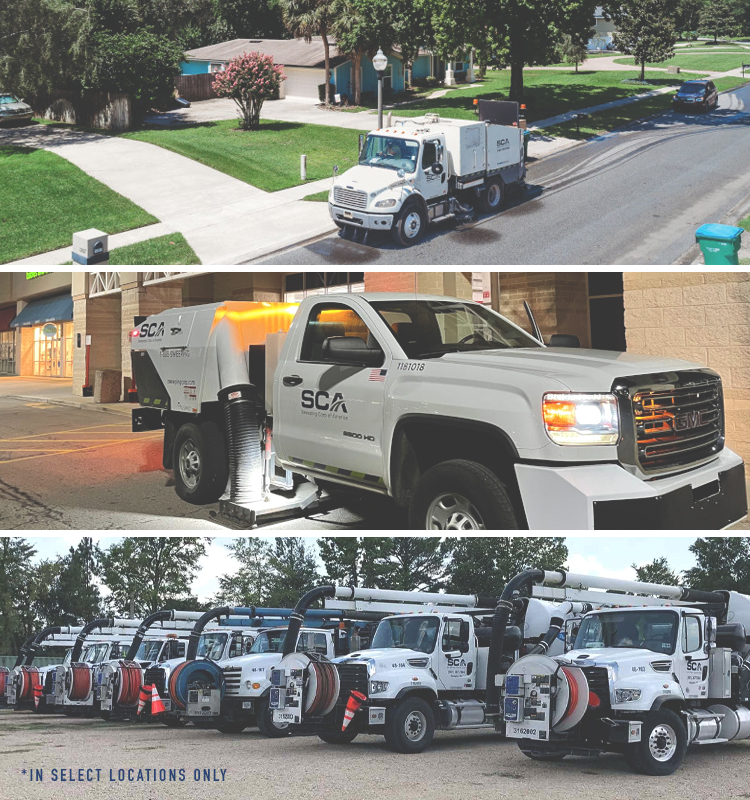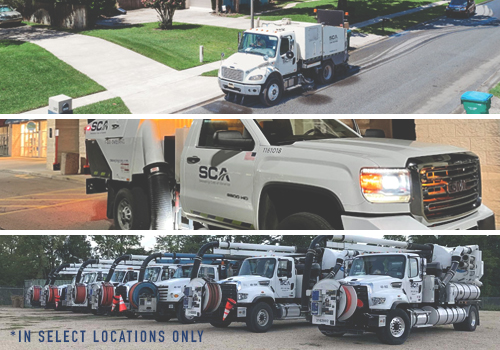The sanitation of public streets has been critical to municipal living since well before modern cities and motor vehicles – not only do clean streets allow for better and easier travel, but also healthier and happier residents. Even back in the days of the horse and carriage, cities would task individuals with jobs to ensure litter, waste, and debris didn’t accumulate and clog up roadways or cause health concerns for citizens. And, like the steady transition from horses and carriages to cars and trucks, the technology behind keeping streets clean has evolved significantly over the years.
The First Street Sweepers
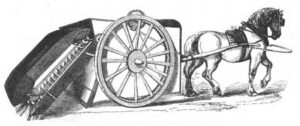
Image of mechanical street sweeper by Joseph Whitworth – Source: calldare.com
Obviously, street sweeping started out as a job for people, not machines. The first street sweepers were property owners responsible for cleaning the stretch of road in front of their address, as directed by city ordinances. When the problem began to grow beyond what individuals sweeping their own street could accomplish, more structure was needed and a genuine sanitation system had to be built.
Waste removal became a bigger priority for governments and manual sweepers were hired as city sanitation workers, who would clean all publicly accessible areas of a city with brooms and shovels. The streets, which could see traffic of thousands of horses daily in larger cities like London or New York, were especially quick to reach dangerous levels of uncleanliness and especially important to keep clean.
Introduction of the Mechanical Street Sweeper
The onset of the industrial revolution in the late 18th century meant individual street sweepers simply could not handle the work required to keep metropolitan city streets clean. The mechanical age required a mechanical solution, which arrived from two different inventors on two continents within a decade of each other: the first, from Joseph Whitmore in the United Kingdom in 1843, and the second from C.S. Bishop in the United States in 1849.
Both of these were horse-drawn devices that used brushes and wheels to sweep up rubbish and dirt. They established a baseline mechanical street sweeper and the concept underwent various alterations and improvements from others in the 60 years it would take to achieve a motorized version of the machine.
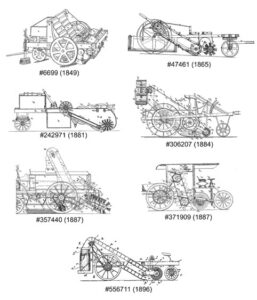
Elevator-belt street sweeper diagram – Source: worldsweeper.com
Development of the Powered Street Sweeper
In 1911, the motor vehicle was still relatively new – but that didn’t stop Elgin, Illinois resident John M. Murphy from adapting the technology into a way to make street sweeping easier and more efficient. By doing away with the need for horses, Murphy’s invention promised significant savings for cities. With the backing of experienced manufacturers and after a very successful demonstration, the Elgin Sweeper Company was in business when the first functioning power sweeper was purchased by the city of Boise, Idaho in 1913.
Like the horse-drawn sweeper before it, the power sweeper remained the pinnacle of street sweeping technology with only minor adjustments and updates for decades. The first big shift in the priorities of street sweepers was in the 1970s, when policymakers started prioritizing waterways and showing concern for the environmental impact of waste and pollution. While street sweepers have always succeeded in the removal of large debris, it was during this time that street sweeping vehicles were upgraded with water tanks, sprayers, and equipment that allowed them to collect and hold particles as small as a micron.
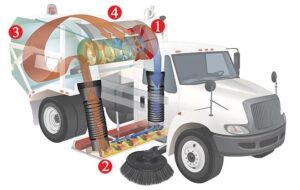
Image of a regenerative air sweeper design – Source: tymco.com
From people with push brooms to power sweepers, street sweeping has evolved in plenty of ways – but the primary need for clean, traversable streets and less pollution has always remained. Now, whether they’re sweeping streets and highways, cleaning up after special events like parades and parties, or clearing construction sites of potentially harmful debris, modern street sweepers have become an integral part of environmental cleanliness backed by the EPA.
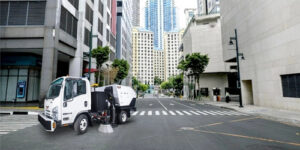

Images of a city street sweeper & event clean up street sweeper
– Source: nitehawksweepers.com

